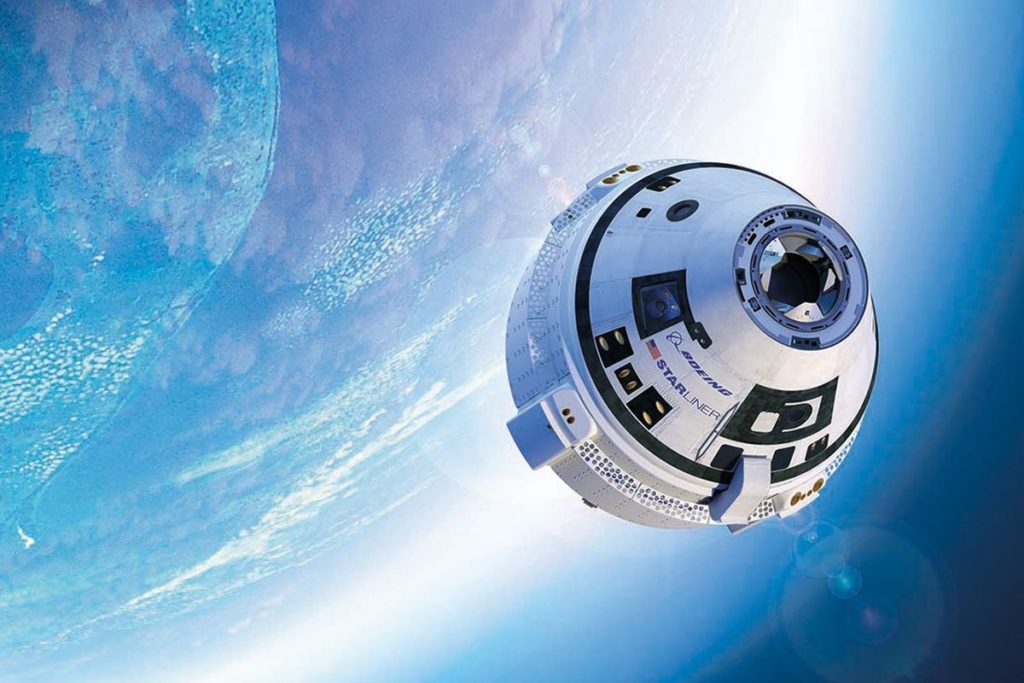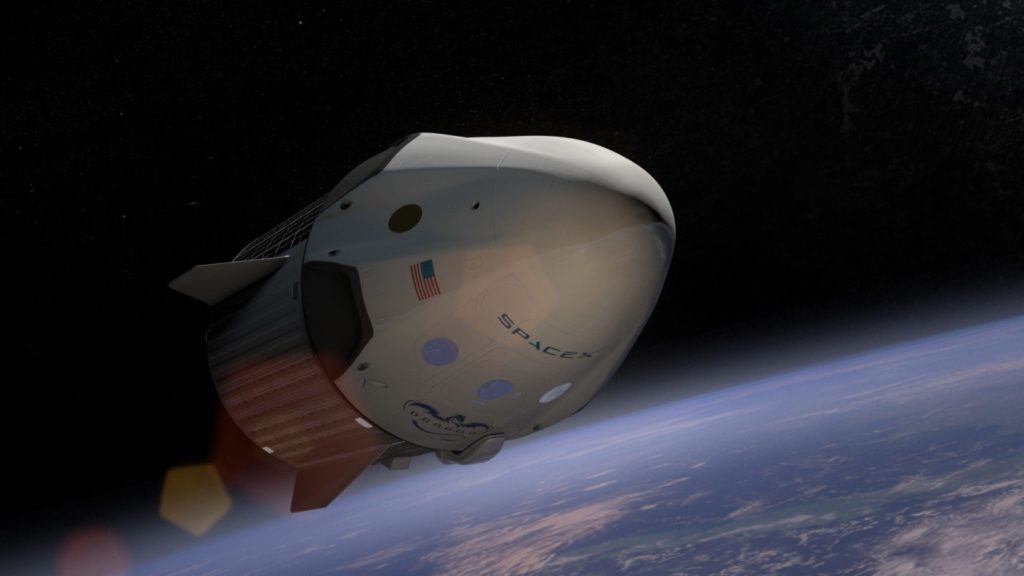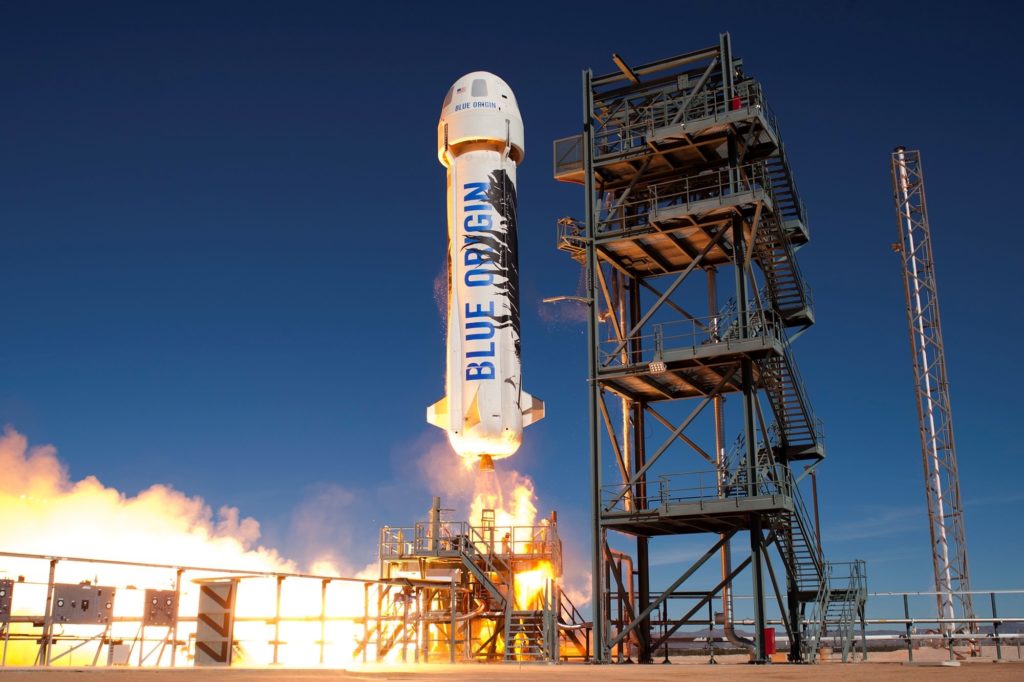Space exploration can often be a waiting game. Significant advancement does not happen quickly as the technology required is complex, and the costs of innovation are high. There is an expression in the UK, where I grew up, that any public transport user can relate to and goes something like, “You wait ages for your bus, and three turn up at once!” Well, 2019 is going be just like that . . . we have been waiting years for a new human capable spacecraft to enter service, and we can expect four new entrants within months of each other.
Orbital Spacecraft
Boeing Starliner
I am particularly excited about this one, as we will be able to launch our own clients on it to the International Space Station (ISS). The Starliner is part of NASA’s Commercial Crew Program which means NASA is paying the lion’s share of the development cost, but Boeing will be able to put to commercial use as well. The spacecraft is designed to fly to low-Earth orbit, specifically to the ISS. Initially, the Starliner will carry four professional astronauts and deliver them to the space station where it will be positioned for six months (serving as the emergency escape vehicle/lifeboat) until returning the crew to Earth at the end of their mission. The spacecraft will then be inspected and re-used for a future flight.
The Starliner will launch on the reliable Atlas V rocket from Kennedy Space Center in Florida. An un-crewed test flight is currently targeted for April, with the first crewed flight anticipated at the end of the year.
SpaceX Dragon 2
SpaceX became world renown in the last decade for not only launching satellites and payload to the ISS on its Falcon 9 rocket to low-Earth orbit, but the company has successfully recovered several of their first stage rocket boosters and re-used them. Pretty amazing stuff!
The new Dragon 2 is also being developed as part of NASA’s Commercial Crew Program, which means NASA is paying the lion’s share of the development cost. And like the Boeing Starliner, the Dragon 2 will carry four professional astronauts to the ISS and the capsule will stay for the duration of the six-month mission, as the crew lifeboat, before returning the crew to Earth and re-used for a future flight.
The Dragon 2 will launch on the Falcon 9 rocket from Kennedy Space Center in Florida. The un-crewed test flight was completed in the first few days of March with the first crewed launch anticipated over the summer.
So, in the coming months, two new orbital spacecraft are set to debut, and together will transform the marketplace for both professional space agency flights to space, as well as commercial spaceflight.
Suborbital Spacecraft
While not the same as a multi-day orbital flight on Starliner or Dragon 2, suborbital spaceflight promises to deliver the chance to glimpse Earth from space for a few minutes.
Virgin Galactic SpaceShipTwo
In 2004, SpaceShipOne won the Ansari XPrize by flying to suborbital space (100 km above Earth) twice in six days, collecting the $10M prize. This success promised to usher in an era of commercial spaceflight. Multiple companies have tried but failed to develop suborbital spacecraft, but Virgin Galactic is the closest to achieving their goal, assisted by significant investment from Aabar and others. The company has persisted through tragedy and technical setbacks. And if current reports are correct, they are now very close to entering commercial operations.
SpaceShipTwo will be carried to altitude by WhiteKnightTwo then released. Once released, the spacecraft will then fire its rocket engines propelling the pilots and four passengers to space. Whether the altitude will be 100km, the boundary between Earth’s atmosphere and space, or lower, we’ll have to wait and see. SpaceShipTwo will then glide back to Earth, giving passengers a view of Earth and space along the way, before it lands on a runway. Virgin Galactic are promising flights will commence by the mid-2019.
Blue Origin New Shepard
Funded by Amazon founder Jeff Bezos, Blue Origin has big ambitions and a product line-up that includes rocket engines and launch vehicles capable of placing large satellites in geo-stationary orbit. They have also been working on the New Shepard spacecraft for suborbital spaceflight. They have successfully completed 10 flights carrying science payloads and promise to soon start commercial service accommodating up to six passengers at a time.
The New Shepard features large windows to make the most of the view of Earth from 100km. Similar to Virgin Galactic, passengers will have a few minutes to view the Earth from space. The spacecraft will then perform a spectacular powered landing back on Earth assisted by a parachute.
With no prices or firm dates announced, Blue Origin promises that commercial spaceflight will commence this year.
Exciting developments for these companies and the entire space community!





